On the same day that the atomic bomb was dropped on Hiroshima, America’s ace of aces, Richard Ira Bong, was killed while test piloting the experimental Lockheed P-80 Shooting Star in Burbank, Calif. Testing the first U.S. jet fighter by America’s greatest ace had resulted in tragedy.
At home at Wright-Patterson Field in Ohio, Bong’s wife of six months, the former Marjorie Vattendahl, learned of her husband’s death over the radio. The two had met when the flier was
on leave in his hometown of Superior, Wisc. When he returned to the South Pacific for a second tour of duty, Richard carried the young lady’s college graduation photo with him, had it enlarged, and emblazoned her likeness on the nose of his Lockheed P-38 Lightning fighter. The plane became known as “MARGE.”
The P-38 was one of the most successful fighter planes of World War II, and Bong ended the war with 40 aerial victories. Plane and pilot complemented one another, and in the process, each gained lasting fame.
After the ace’s funeral in 1945, a group of local businessmen established the Richard Ira Bong Memorial Foundation. Ten years later, a memorial to the hero was erected. In 1994, the organization, now known as the Bong P-38 Fund, Inc., commissioned a tribute to the great ace that would also be fitting to all veterans of World War II. His widow, Marge Bong Drucker, has been active as well, and the Richard I. Bong Heritage Center opened its doors in Superior last fall.
“The Bong Heritage Center is dedicated to preserving the story of America’s involvement in World War II and the contributions that generation made to protect democracy,” commented Christabel Grant, executive director of the fund. “We are very pleased to be opening this center, and we look forward to welcoming thousands of our country’s veterans and their families to this place that honors their courage and heroism. We also look forward to helping our young visitors learn not only about the history of World War II but also about the cost of war, the price and value of freedom and peace.”
The jewel of the Center is a nonflying museum-display P-38 painstakingly restored, complete with the markings of Bong’s original MARGE. The plane was donated to the Center by the American Legion Post in Superior. Civilians and Air National Guard members devoted 16,000 hours to the restoration of this classic aircraft. Missing parts were purchased from collectors around the world—the landing gear in Great Britain and the instrument panel in California—and those that were not located were made. Begun in 1994, the restoration was completed three years later.
Its design reminiscent of an airplane in flight, the center itself is constructed of brushed aluminum and houses interactive exhibits, including a P-38 flight simulator. Multimedia displays cover topics such as the Japanese attack on Pearl Harbor, the war on the home front, and prewar life in Bong’s boyhood home of Poplar, Wisc. Maps and timelines guide visitors through the history of WWII in the Pacific, and rotating exhibits will highlight various topics.
The center’s large windows allow the restored P-38 to be seen from nearby roads, and the driveway approaching the building is illuminated to resemble a runway.
Individuals who remember World War II either in the military or on the home front are being encouraged to record their memories for the Heritage Center’s oral history project. Memorabilia of the conflict is still being accepted, and those interested in making a contribution may contact the museum.
Veterans or family members of those who were in the armed forces during World War II may commemorate that service through the purchase of granite tiles that will cover a wall. Whole or quarter tiles may be purchased, and the honorees’ names will be engraved in gold letters. Financial contributions to the endowment for the maintenance and upkeep of the center are welcome.
For more information on the Richard I. Bong World War II Heritage Center, call (888) 816-WWII (9944) or visit the center on the Internet at www.bongheritagecenter.org.
Michael E. Haskew
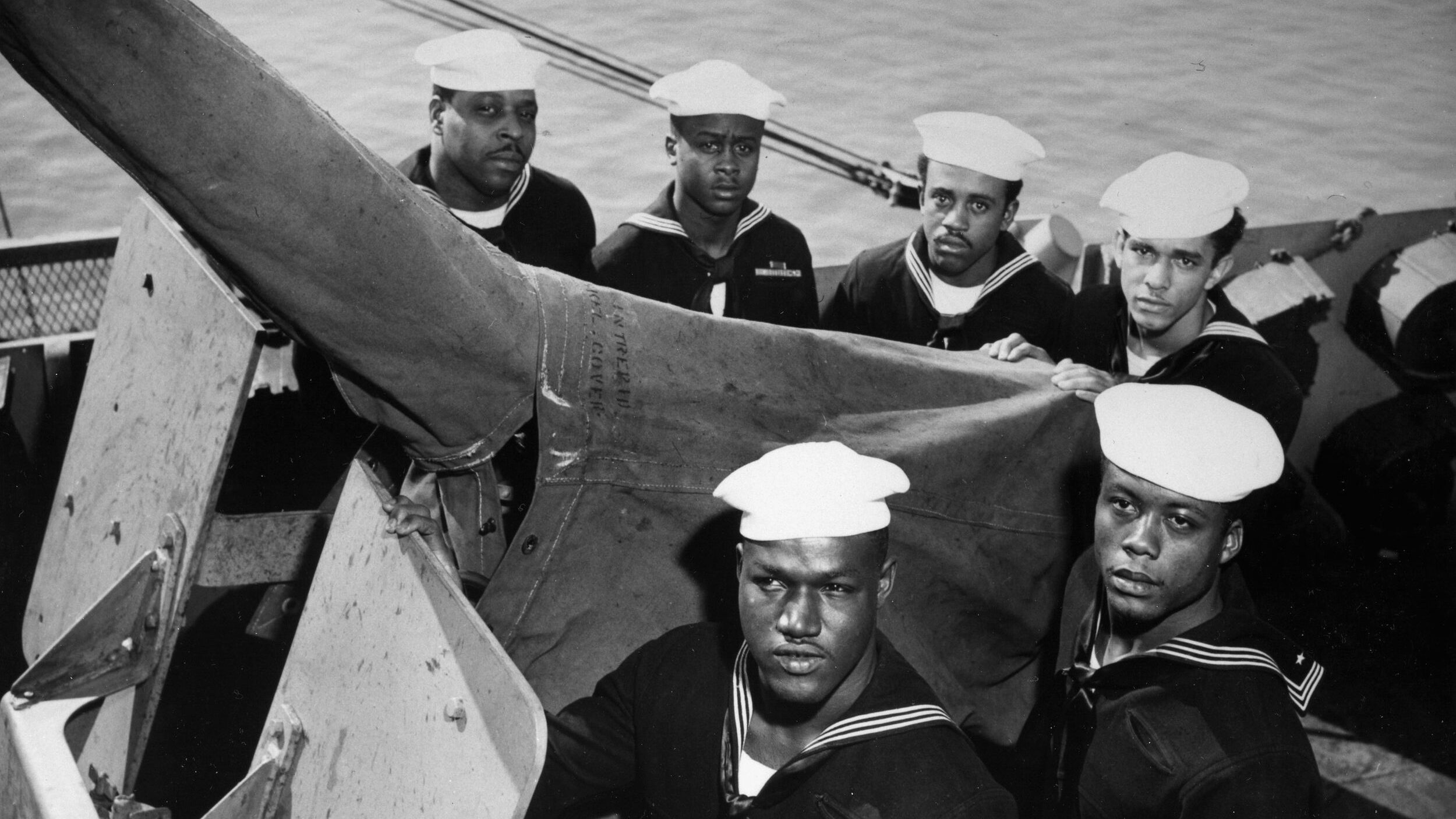
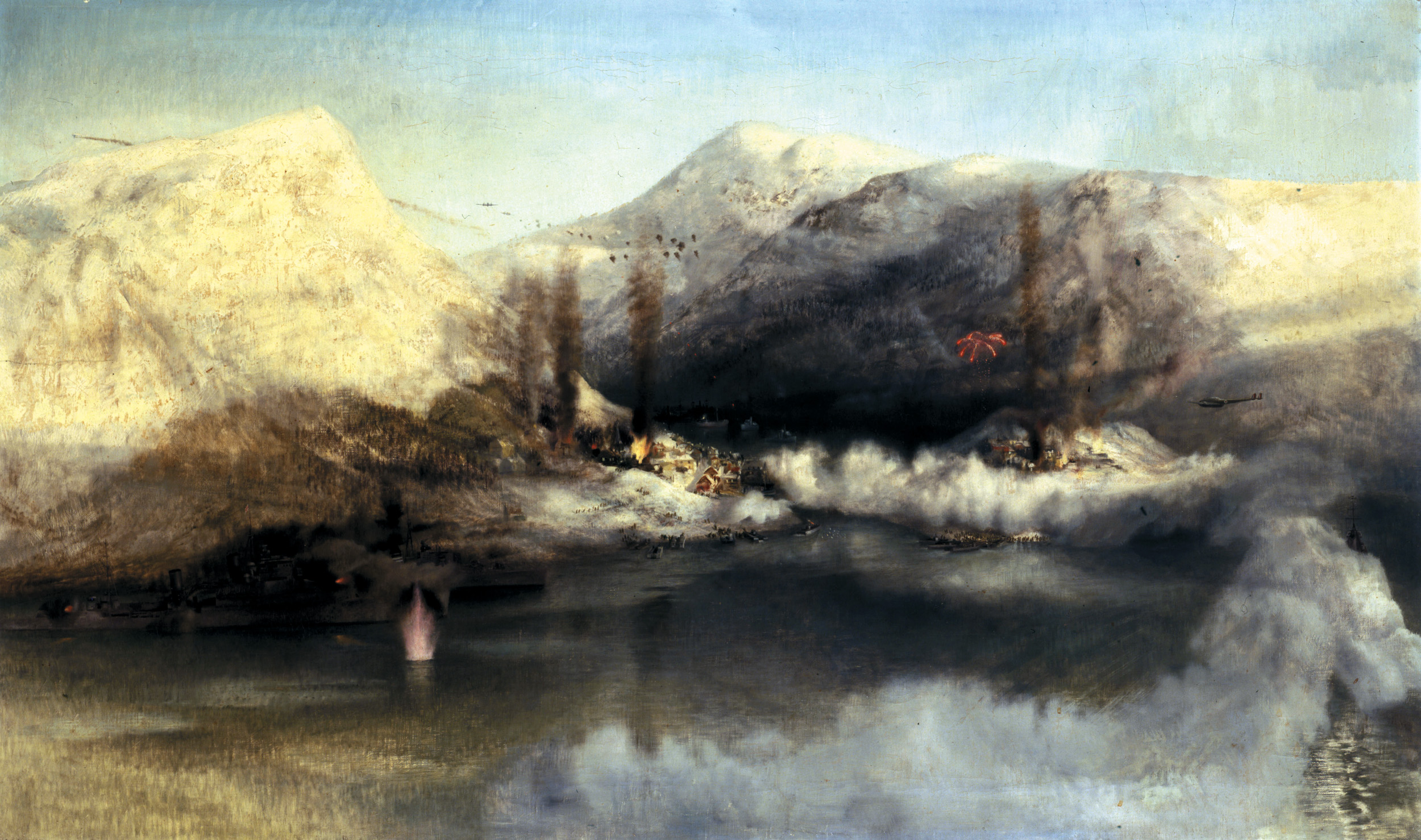
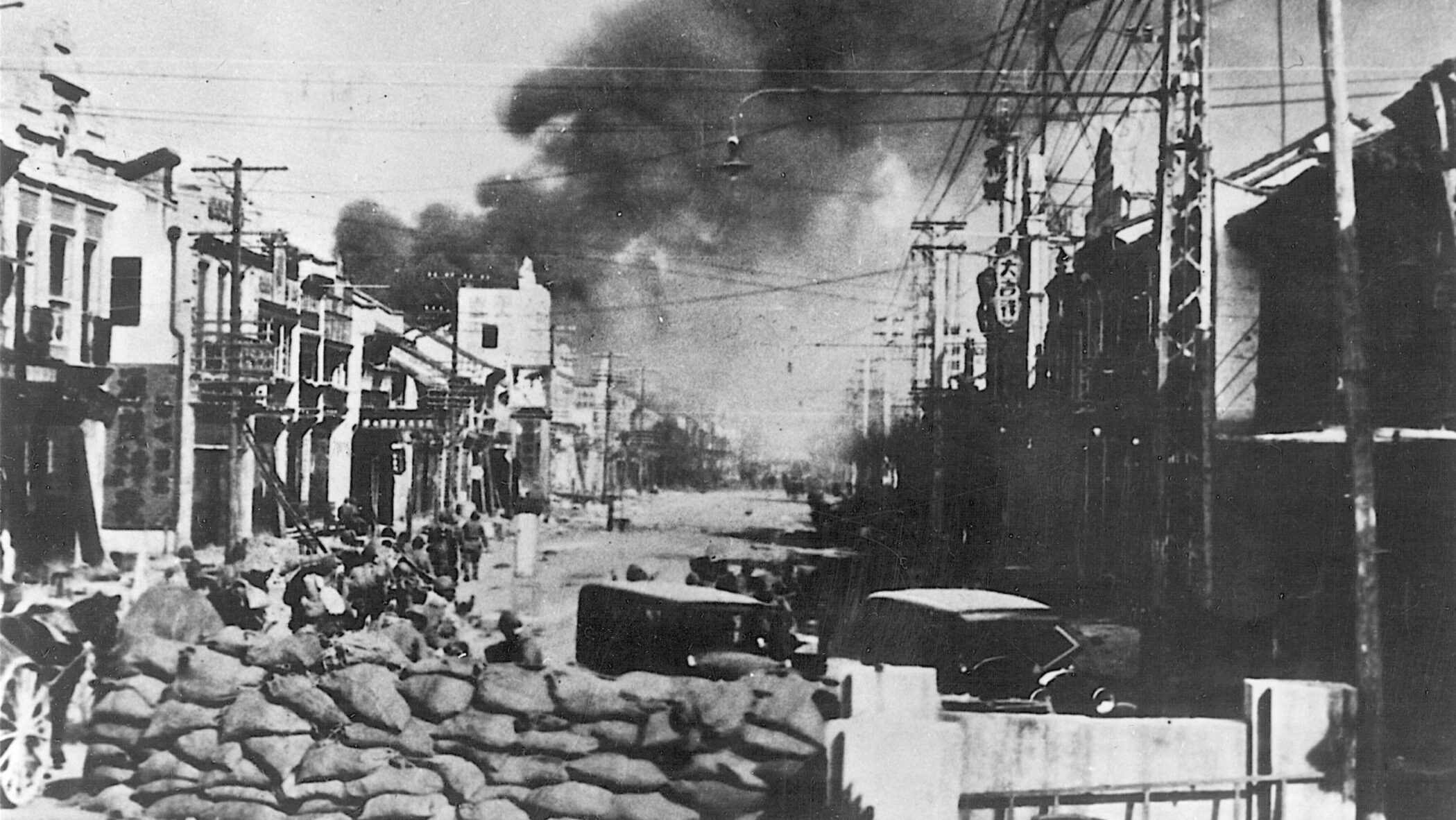
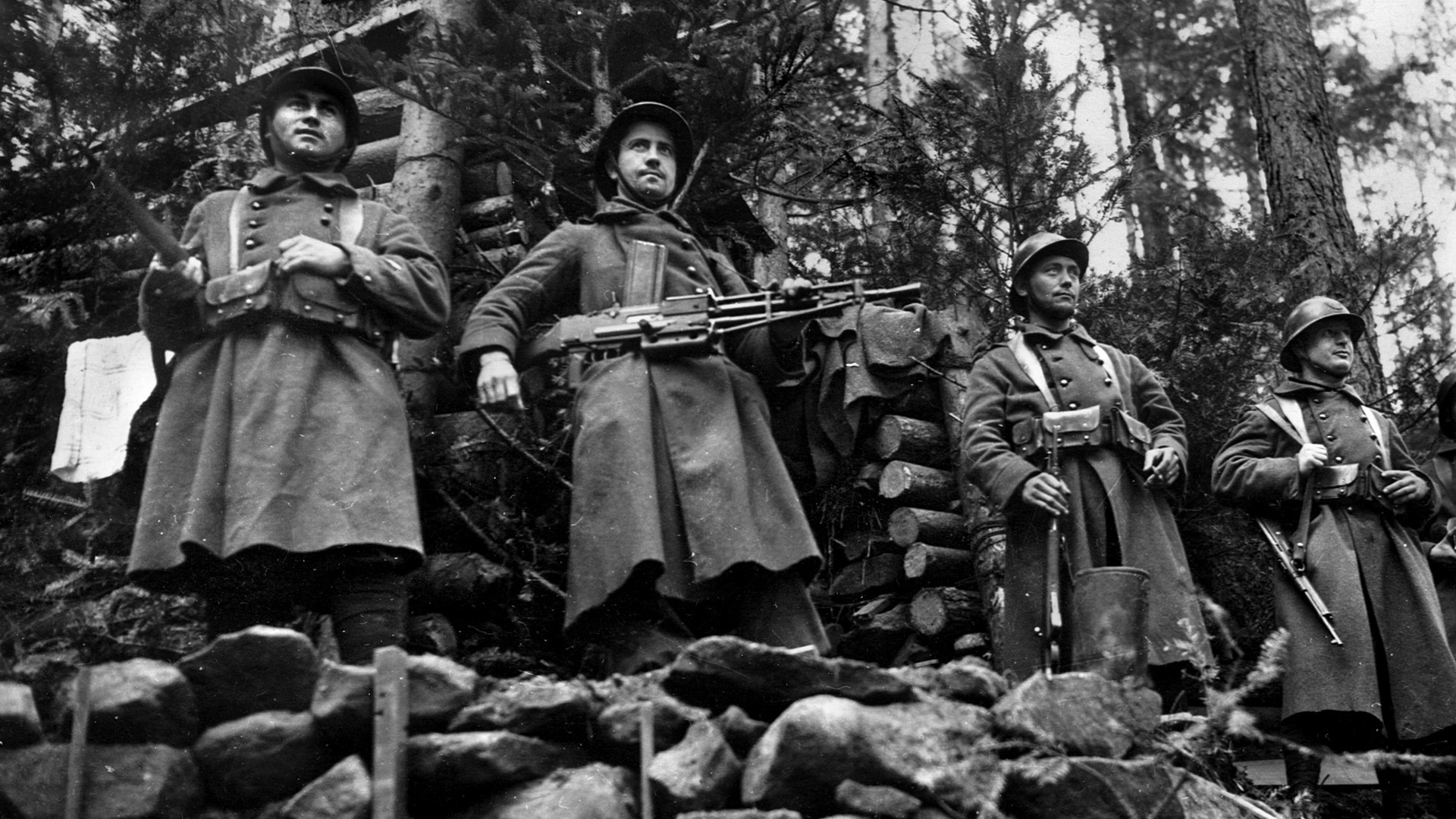
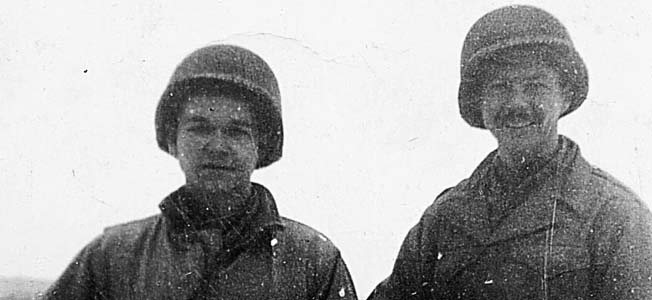
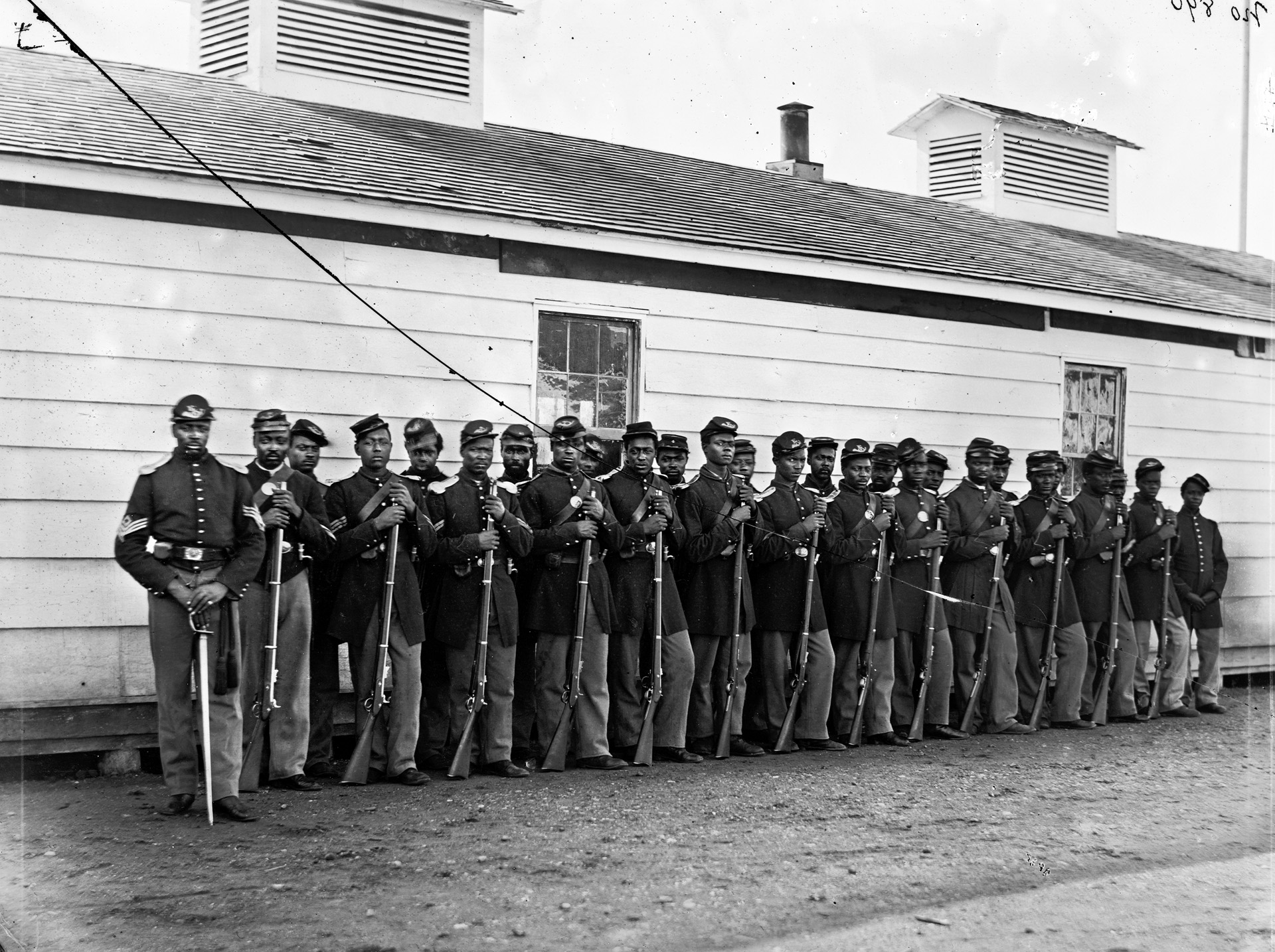
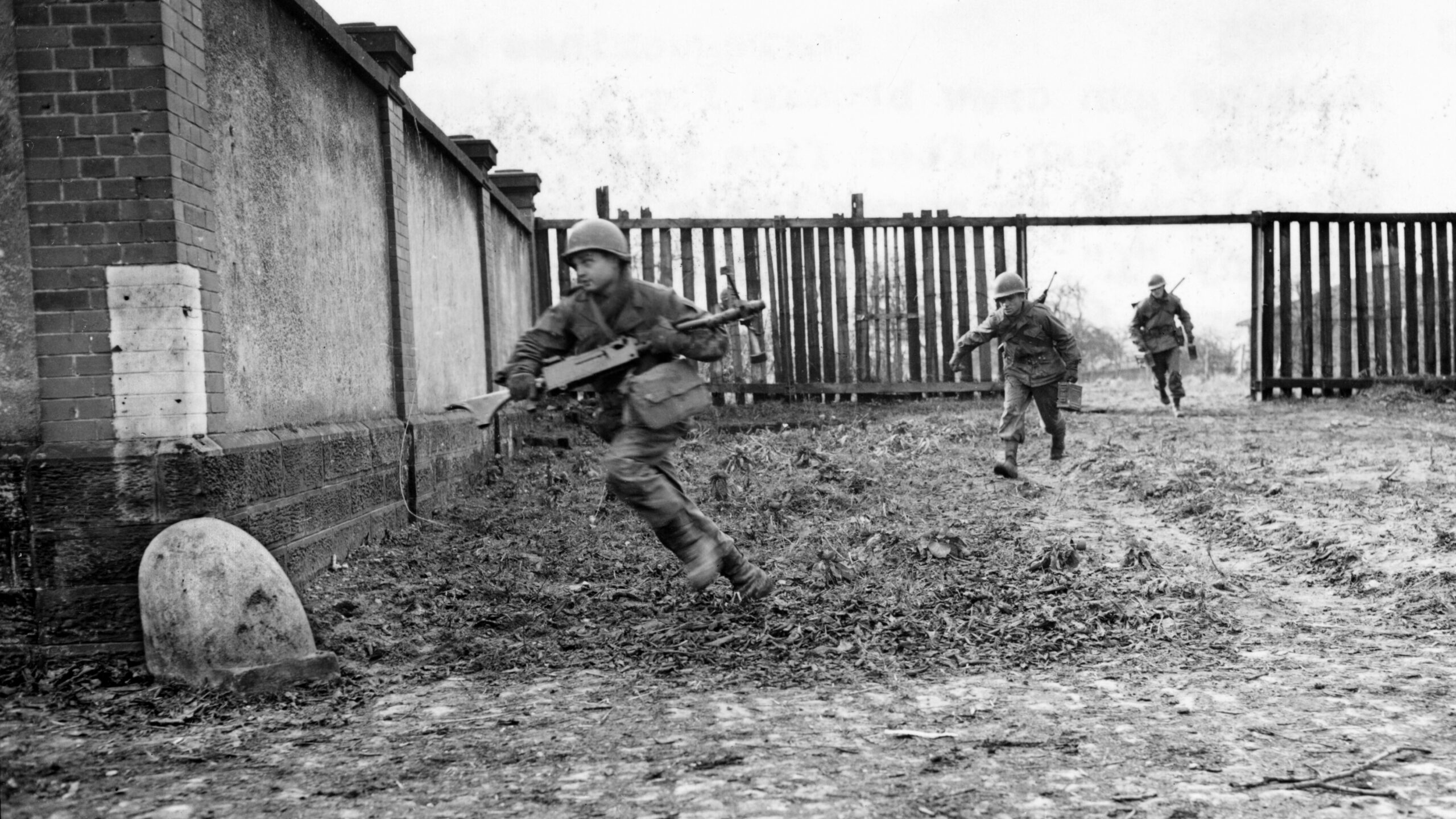
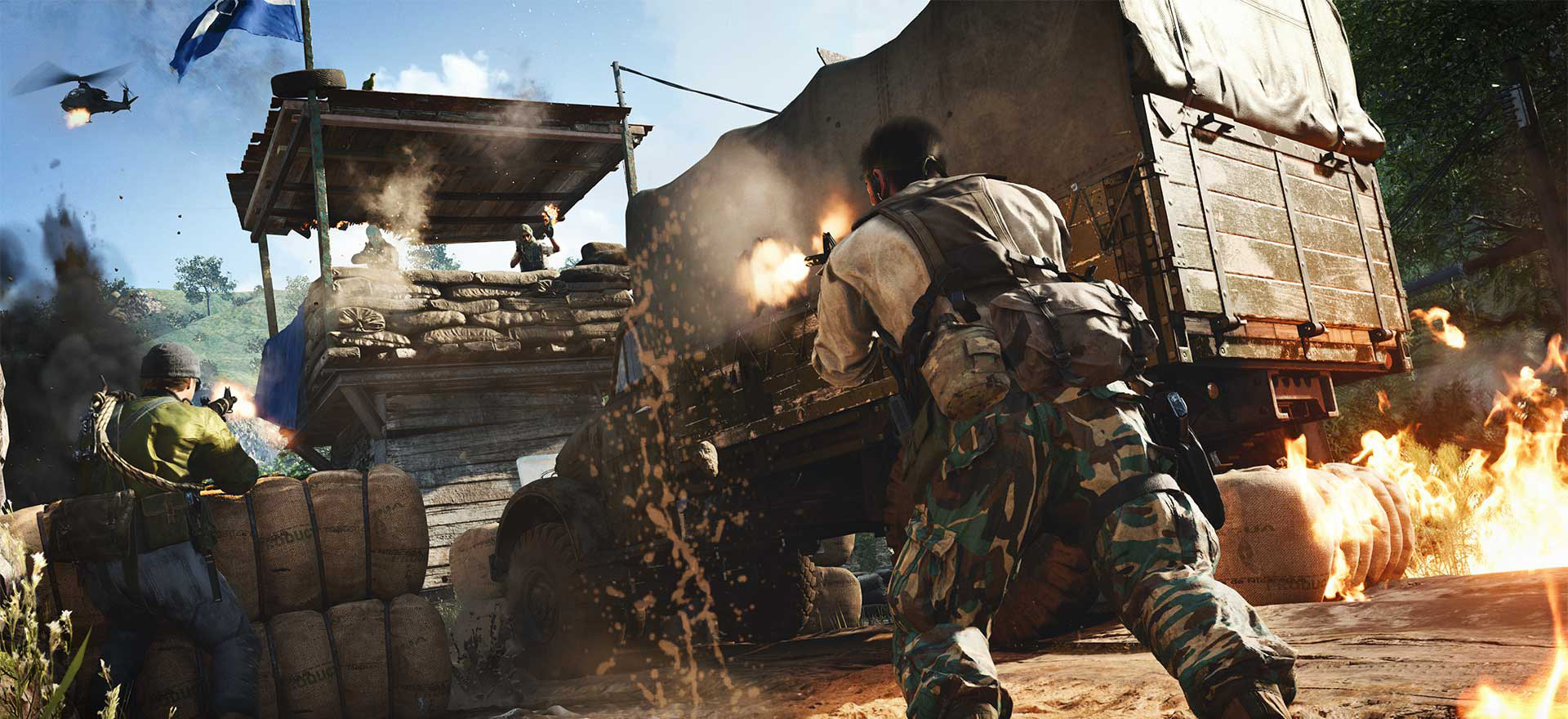
Join The Conversation
Comments
View All Comments